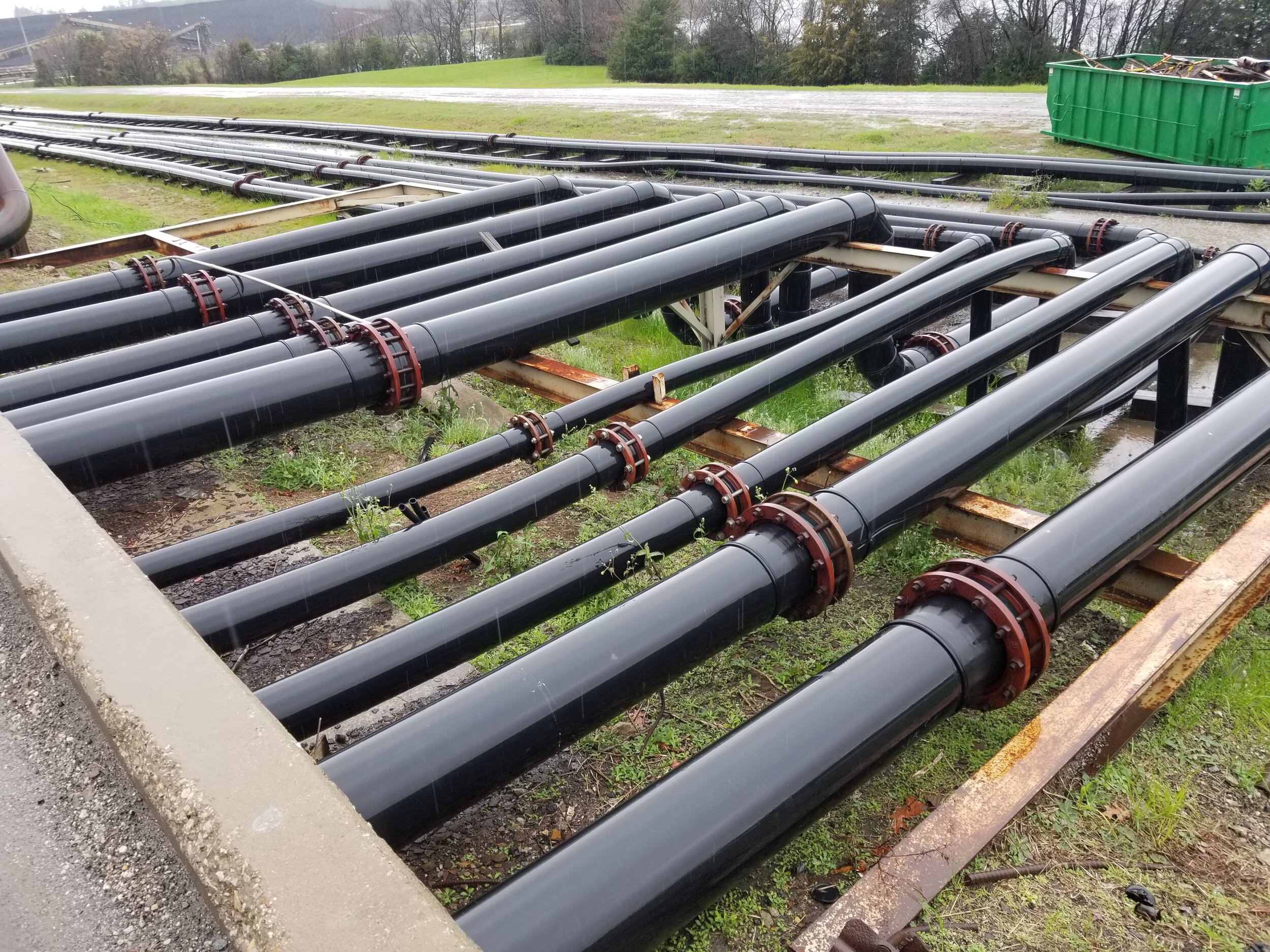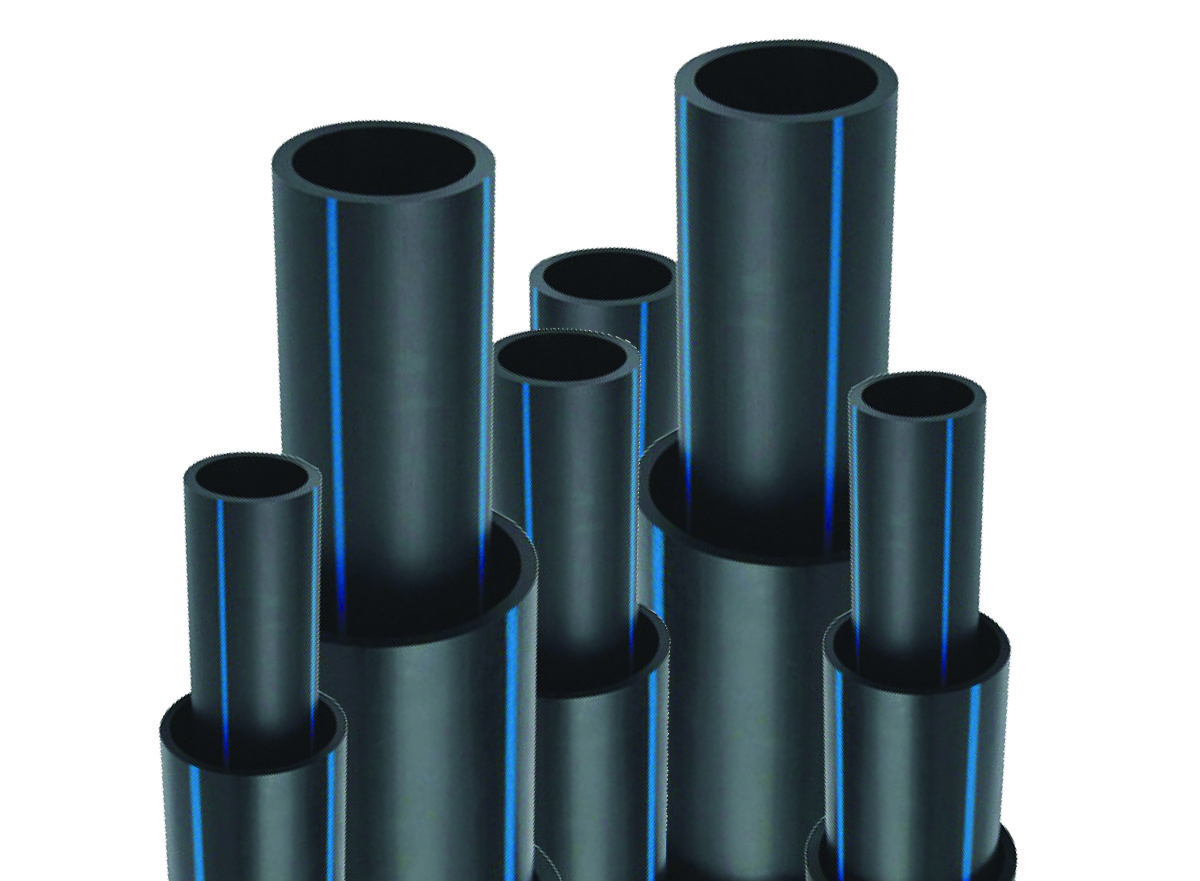Exploring American Plastics HDPE Pipe Manufacturing and Its Role in Modern Infrastructure
Wiki Article
The Essential Steps for Effective Installation of HDPE Pipe in Your Next Job
Effective setup of HDPE pipeline requires careful preparation and implementation. Secret actions consist of examining task demands, preparing the site, and picking proper joining methods. Each stage plays a critical duty in guaranteeing the stability and efficiency of the pipe. Understanding these important actions can substantially influence the overall success of the project - Pipe Manufacturing Midland TX. However, the nuances of each action may hold the key to overcoming common obstacles encountered throughout setupUnderstanding the Advantages of HDPE Pipeline
High-density polyethylene (HDPE) pipe uses various advantages that make it a recommended choice for different applications. Its high resistance to rust and chemicals warranties sturdiness popular environments, considerably prolonging the lifespan of installments. Furthermore, HDPE's flexibility allows for easier installment, especially in tough surfaces, as it can flex without damaging. The light-weight nature of HDPE pipeline streamlines transport and handling, lowering labor costs throughout setup.Moreover, HDPE pipeline is known for its reduced friction coefficient, which boosts fluid circulation and reduces power usage. Its smooth building reduces the risk of leaks, adding to far better resource administration and ecological security. In enhancement, HDPE is recyclable, straightening with lasting techniques and decreasing ecological impact. In general, the combination of strength, adaptability, and eco-friendliness makes HDPE pipeline a superior option for a wide variety of jobs, from water distribution to commercial applications.
Planning Your HDPE Pipe Installation
When planning an installment of HDPE pipe, cautious factor to consider of a number of crucial elements is vital to safeguard an effective job. Job managers need to assess the particular demands of the pipe, consisting of the intended usage, flow prices, and environmental problems. Comprehending these parameters will certainly direct the choice of suitable pipeline measurements and product quality.Next off, timelines should be developed, considering purchase routines and any kind of prospective delays. Control with local authorities for authorizations and regulative conformity is also important. In addition, a comprehensive budget plan must be prepared, including all expenses related to materials, labor, and machinery.
It is essential to engage a certified group experienced in HDPE pipe installation. Their know-how will assist mitigate risks, assurance adherence to sector standards, and ultimately add to the job's success. Thorough preparation lays the groundwork for a smooth setup procedure and resilient efficiency of the HDPE piping system.
Preparing the Site for Installation
Appropriate site prep work is important for the effective installment of HDPE pipeline. Prior to setup starts, the site needs to be completely analyzed to assure it fulfills all essential needs. This includes checking the ground for existing structures, energies, and possible threats that can impede the installation procedure.

Right elevation and positioning need to be established to preserve a regular gradient for drainage functions. Appropriate drainage around the installment website is also essential to stop water buildup, which can bring about problems down the line.
Strategies for Signing Up With HDPE Pipes
Accomplishing a trusted connection in between HDPE pipelines is important for making sure the stability and long life of the setup. Various methods exist for joining these pipes, each suited for different project demands. Combination welding is one of one of the most common approaches, utilizing heat to bond the pipeline ends with each other, producing a smooth and sturdy link. This strategy can be more categorized right into outlet combination and butt fusion, depending upon the pipe configurations.Mechanical fittings are an additional option, employing clamps and threaded connectors to join sections of HDPE pipeline. While normally faster to install, they may require added maintenance gradually. Electrofusion is a specialized technique that entails using electric present to heat and fuse the pipes with specifically made fittings, making certain a strong bond. Choosing the ideal joining strategy is critical, as it directly affects the general performance and integrity of the HDPE piping system in the designated application.
Checking and Evaluation of Installed Piping
The testing and inspection of set up HDPE pipes are important to ensuring their capability and longevity. This process encompasses visual evaluation methods, pressure testing techniques, and leak detection procedures to determine prospective concerns. By using these approaches, experts can verify the stability of the setup before it is put right into usage.Visual Inspection Techniques
Utilizing reliable aesthetic examination techniques is vital for guaranteeing the stability of mounted HDPE pipelines. Assessors need to systematically take a look at all visible areas of the pipeline to identify any signs of damages, misalignment, or inappropriate installation. Trick signs to assess include joint integrity, surface area abnormalities, and links. Examiners may use devices such as amplifying glasses or cams to improve presence and information. It is important to look for indications of environmental anxiety, such as distorting or too much flexing, which can jeopardize performance. Consistent documentation of findings permits tracking changes in time and aids guide required repair work. By adhering to well-known visual assessment procedures, task groups can especially minimize the danger of future failings and guarantee long-term integrity of the piping system.Pressure Evaluating Techniques
Visual assessment offers as a preliminary measure, yet it is not sufficient on its very own to guarantee the efficiency of set up HDPE pipes. Pressure screening approaches are crucial for making sure the honesty of these systems. Typically, hydrostatic screening is utilized, where the pipelines are filled with water and based on pressure degrees over the desired operating stress. This method helps determine weak points or potential leaks. concentric reducer Pneumatically-driven screening can likewise be used, although it lugs greater threats because of the compressibility of air. Despite the approach selected, adhering this page to market criteria and safety procedures is important. After conducting pressure examinations, comprehensive paperwork is needed to verify the results and validate that the installment meets all functional demands prior to continuing to the next stage of the job.
Leak Detection Procedures
Exactly how can one guarantee that installed HDPE pipelines are devoid of leakages? Reliable leak detection procedures are essential to safeguard the stability of the system. Aesthetic assessments need to be performed, looking for indicators of water accumulation or soil erosion around pipeline joints. Following this, pressure screening can validate the system's strength. A common technique is the hydrostatic test, where water is introduced under pressure, keeping track of for drops that indicate possible leaks. In addition, progressed innovations, such as acoustic sensors or infrared thermography, can identify leakages that may not be visible. Normal monitoring and maintenance additional add to the longevity of HDPE pipes, guaranteeing they remain leak-free throughout their operational life expectancy. Appropriate documents of these treatments is crucial for compliance and future reference.Maintenance Tips for Long-Term Performance
To ensure the durability of HDPE pipelines, developing a routine evaluation schedule is necessary. This proactive visit this website method permits the very early discovery of potential problems, lessening pricey repair services. Furthermore, carrying out correct cleaning techniques will certainly help maintain peak performance and stop buildup that can affect functionality.Normal Examination Schedule
Although HDPE pipelines are understood for their toughness and resistance to deterioration, establishing a routine examination routine is necessary for ensuring their long-lasting efficiency. Regular assessments aid determine prospective concerns such as leakages, joint integrity, and environmental impacts that may influence the pipeline's performance. It is advised that examinations occur at the very least biannually, or much more frequently in environments with severe problems. hdpe pipe suppliers Midland TX. During these evaluations, visual checks must be conducted to discover indications of wear or damage. Furthermore, making use of modern technology such as ultrasonic testing can give additional understandings into the pipe's condition. By carrying out an organized inspection schedule, job managers can proactively address issues, thereby expanding the life expectancy of HDPE pipelines and maintaining system performanceCorrect Cleaning Techniques
Appropriate cleansing strategies play a necessary function in maintaining the long-term performance of HDPE pipelines. Regular cleaning avoids the accumulation of debris, sediment, and biofilm, which can bring about clogs and reduced flow efficiency. Operators needs to employ methods such as high-pressure water jetting or foam cleansing to successfully get rid of pollutants without harming the pipe surface area. It is important to stay clear of utilizing rough chemicals that might weaken HDPE product. Furthermore, arranged upkeep checks should consist of visual inspections for any kind of indications of wear or damages. Effectively trained employees need to execute these cleansing procedures, guaranteeing conformity with safety and ecological regulations. By carrying out these techniques, the life-span of HDPE pipelines can be greatly prolonged, making sure excellent efficiency throughout their functional life.Frequently Asked Questions
What Are the Ecological Effects of HDPE Pipeline Manufacturing?
The ecological influences of HDPE pipe production include greenhouse gas exhausts, energy intake throughout manufacturing, possible plastic air pollution, and difficulties in reusing. Nonetheless, HDPE's longevity and resistance to deterioration can reduce some ecological concerns.How Does HDPE Pipe Contrast to Various Other Products?

What Tools Are Required for HDPE Pipeline Installation?
Important devices for HDPE pipeline installment include a fusion machine, pipeline cutters, shovels, gauging tape, and safety equipment. Appropriate devices assurances reliable, secure handling and installment, contributing to the project's general success and stability.Are There Any Kind Of Specific Regulations for HDPE Pipe Installation?
Particular guidelines for HDPE pipe setup vary by region, commonly regulated by regional, state, or federal codes. Compliance with these regulations guarantees safety and security, environmental management, and capability, making adherence essential for successful project end results.Can HDPE Pipes Be Recycled After Use?
Yes, HDPE pipelines can be reused after usage. Their thermoplastic nature enables for reprocessing, making them appropriate for reusing into new items. This sustainability aspect contributes to environmental preservation and advertises round economy techniques in building and construction.Report this wiki page